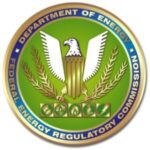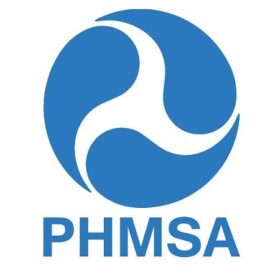Interstate Natural Gas Pipeline Association of America (INGAA) is posting information in this docket to reflect a series of actions and commitments that will significantly improve pipeline safety for decades to come. INGAA’s first submission into this docket on June 22 set the stage for these commitments. This docket submission INGAA submission #2 expands INGAA members’ actions to include the following significant items:
Integrity Management Outside HCAs
INGAA members will apply integrity management principles to the entire natural gas transmission system operated by INGAA members. INGAA will use coverage of population as the basis for applying integrity management principles from American Society of Mechanical Engineers (ASME) B31.8S consensus standard to at least 70% of the population within the Potential Impact Radius (PIR) by 2020. INGAA will achieve coverage of 100% of this population group by 2030.
Corrosion Anomaly Management
INGAA members will mitigate corrosion anomalies outside of High Consequence Areas (HCAs) in accordance with the technically based criteria in ASME B31.8S. This will extend integrity management practices beyond the requirements of the Transmission Integrity Management Practices (TIMP) regulations (Subpart O) that only apply to pipelines within high consequence areas (HCAs), INGAA members will work collaboratively with stakeholders to develop methodologies to account for data uncertainties (e.g., tool accuracy and remaining strength methods). These “uncertainty methods” will be applied by INGAA’s members using a consistent process or series of processes for defining the appropriate tolerances or “safety factors”.
Fitness for Service for Pre-Regulation Pipelines
INGAA members will develop and apply guidance, including a process for 4 systematically validating records and the maximum allowable operating pressure (MAOP), for their pre-regulation pipelines in HCAs. The process will address the NTSB recommendations to demonstrate traceable, verifiable and complete records with examples of the types of records. Where records do not meet this standard, a process that may include pressure testing will be applied within seven years, contingent upon the ability of an operator to meet customer delivery requirements.
Pipeline Isolation and Response
INGAA members will set a response-time goal of approximately one hour from incident recognition to the start of isolation procedures for a pipeline segment that includes an HCA. INGAA member’s plans will use both response by local personnel to close valves and automation of valves to achieve this target. This commitment to response time will be a key element of improved response to pipeline incidents through isolation and emergency response planning. These plans will be developed and implemented on 70% of HCA pipeline segments within seven years and the remainder of the HCA segments within 10 years, using a risk-based sequence defined in an operator’s IMP plan. These commitments are highlights of a comprehensive plan that INGAA members are developing for their interstate natural gas transmission pipeline systems. There are several other elements of the overall INGAA plan that are further defined in following material. While not summarized above, these additional action plans are important to integrate members’ overall strategies for improving pipeline safety. INGAA is very interested in other stakeholders’ views of proposed INGAA’s actions and proposals. INGAA members welcome opportunities to engage interested parties. In this regard, INGAA members continue to participate actively in PHMSA sponsored forums to learn from and inform other stakeholders.
To view a copy of the press release, please click here.







